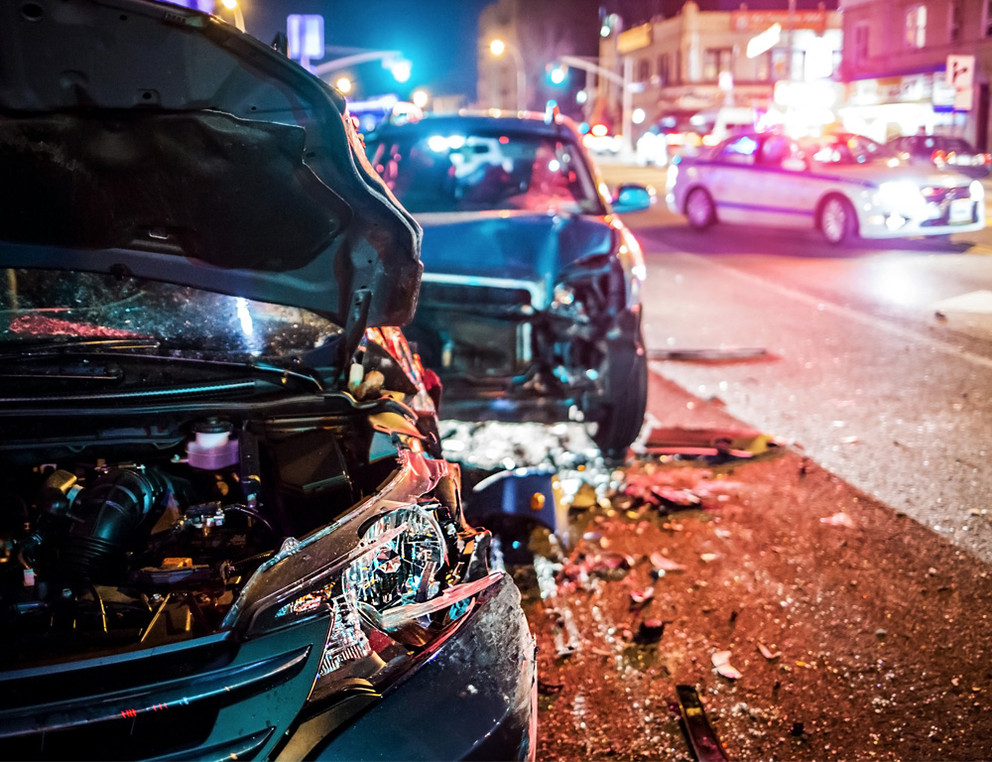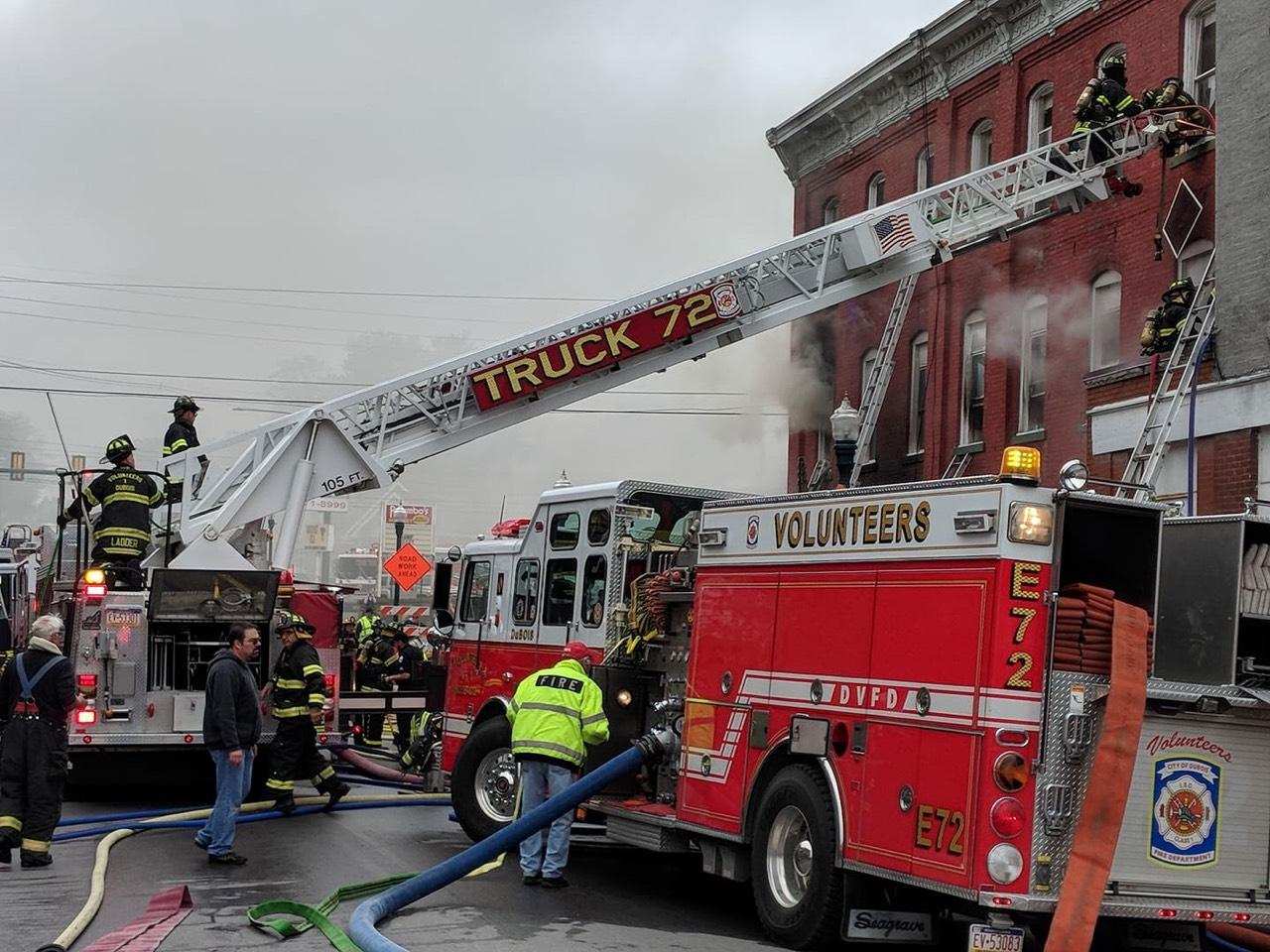Emergency situations are always stressful, but knowing how to respond at such a time can greatly reduce the anxiety so that everyone involved can get through it safely.
Whether it’s a traumatic event, an accidental ingestion, a life-threatening injury or car accident, the most important thing is to quickly assess the situation and the safety of all involved.
Dr. Chris DeFlitch, an emergency medicine physician at Penn State Health Milton S. Hershey Medical Center, said the first rule of thumb for emergency medical providers is to never put themselves in harm’s way. For instance, a car accident in the middle of traffic or a situation with an environmental hazard could put bystanders at risk of more danger.
Call for help right away by dialing 9-1-1 and providing as much information as you can about what is happening. Tell dispatchers where you are located so they can send the appropriate assistance and walk you through what to do until help arrives.
“Your first response will be based on your level of expertise and what you feel comfortable doing,” DeFlitch said.
First responders are trained to assess three essentials of people in an emergency: airway, breathing and circulation, often referred to as the ABCs.
A blocked airway may necessitate the Heimlich maneuver whereas cardio-pulmonary resuscitation (CPR) may be appropriate for someone who is not breathing or has a weak pulse.
DeFlitch encourages people to learn hands-only CPR, which uses only chest compressions. He also recommends locating the closest automatic external defibrillator (AED) in places where you spend a lot of time. Even if you are not trained to use an AED, you can alert someone who is trained about its location.
If you come across someone who might be having a heart attack or stroke, timely recognition of the symptoms and quickly getting them to medical help is essential.
“The faster you get in the call in or get them to an emergency facility, the better the outcome,” DeFlitch said.
Someone complaining of pain, pressure or heaviness in the chest, arm pain or shortness of breath may be about to have a heart attack.
“Often the symptoms get worse with exertion,” he said. “Or they have a feeling of doom, like they are going to die. I take that very seriously when someone tells me that.”
A person with slurred speech, a facial droop on one side or difficulty moving an arm or leg might be having a stroke.
If the emergency situation involves someone who appears to have a broken limb or was hurt by an impact, additional movement could make hidden neck or back injuries worse. The best course of action is immobilizing the person, compressing and wrapping the injured area to control for pain, and finding something to splint it with to keep the injury stable until help arrives.
Seeking medical help is also important for lacerations, cuts and animal bites. “They need to be cleaned and washed and sometimes they need antibiotics,” DeFlitch said.
Active bleeding can be controlled by direct compression of either the injury itself or a nearby artery.
All of this is good advice, but taking your own pulse in an emergency situation is also important.
“You need to keep yourself calm because additional hysterics are not helpful,” he said. “An emergency is absolutely anxiety-producing, so it’s hard for a lot of people not to get flustered.”
Learn more:
- Ask Us Anything About … Emergency Medical Services
- The Medical Minute: How to ‘Stop the Bleed’ and save a life
The Medical Minute is a weekly health news feature produced by Penn State Health Milton S. Hershey Medical Center. Articles feature the expertise of faculty physicians and staff, and are designed to offer timely, relevant health information of interest to a broad audience.




